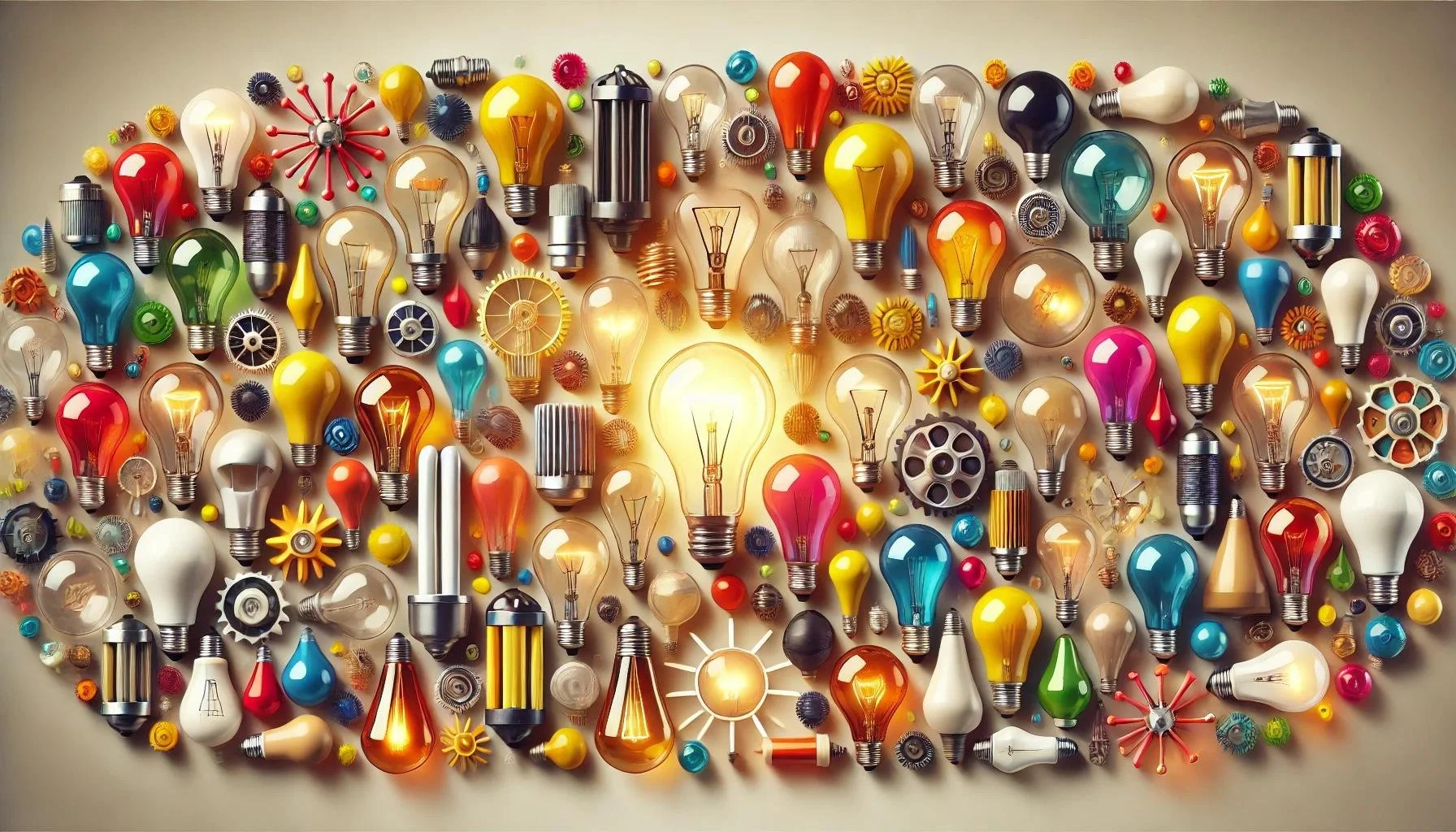The Death of the Personal Brand? Why Authenticity is Replacing Perfection in Marketing
/The Rise and Fall of the Curated Personal Brand
For years, personal branding was synonymous with meticulous curation, Instagram-perfect aesthetics, LinkedIn-polished thought leadership, and carefully crafted narratives designed to inspire admiration and trust. The idea was simple: control your image, shape your narrative, and success will follow.
But recently, something has shifted. Consumers, overwhelmed by inauthenticity, have grown weary of the over-polished, too-perfect personas dominating their feeds. Instead, they are gravitating toward unfiltered, raw, and unscripted content.
Is personal branding dead? Not quite, but it is being redefined.
From Perfection to Personality: The Authenticity Shift
A growing number of business leaders, influencers, and marketers are rejecting outdated branding tactics in favour of realness. Instead of showing up as a “brand,” they are showing up as people, flaws, failures, and all. This transition is driven by three key shifts:
Audience Fatigue with Inauthenticity
Consumers can now detect inauthenticity faster than ever. AI-generated content, scripted responses, and overproduced videos are losing traction, while organic, off-the-cuff communication is gaining momentum. A study by Stackla found that 86% of consumers say authenticity matters when deciding which brands they support【1】.The Power of Vulnerability
In a digital landscape dominated by perfection, vulnerability stands out. Entrepreneurs sharing their struggles, CEOs admitting mistakes, and influencers discussing mental health are resonating more with audiences than the highlight reels of past years. According to Harvard Business Review, leaders who show vulnerability are perceived as more trustworthy and relatable【2】.The Rise of Unscripted Storytelling
Scripted, corporate-speak marketing is losing relevance. The rise of TikTok, BeReal, and unfiltered content across social media platforms is evidence that today’s audiences crave raw, human storytelling. In fact, 92% of consumers trust user-generated content (UGC) more than traditional advertising【3】.
The Problem with the Traditional Personal Brand
The old-school approach to personal branding had its flaws:
It Prioritised Perception Over Connection – The focus was on looking polished rather than fostering real engagement.
It Created Pressure to Maintain Perfection – Influencers and entrepreneurs felt trapped by the need to constantly uphold a flawless image.
It Was Unsustainable – The energy required to curate an image 24/7 often led to burnout, inconsistency, and a disconnect from reality.
As consumers become more marketing-savvy, they are shifting their trust toward brands and individuals that feel relatable, spontaneous, and transparent.
How Brands and Marketers Can Adapt
1. Replace “Branding” with Storytelling
Instead of curating a flawless persona, focus on sharing genuine stories. Highlight challenges, lessons learned, and behind-the-scenes moments. LinkedIn posts that feature personal stories see 2x more engagement than promotional content【4】.
2. Embrace Imperfection
Audiences connect with brands that don’t pretend to be perfect. Marketers should embrace a “done is better than perfect” approach, allowing space for spontaneous content, unedited videos, and real-time interaction.
Example: Patagonia’s commitment to environmental activism feels authentic because the brand openly acknowledges the challenges of sustainability rather than presenting a perfect image.
3. Show the Humans Behind the Business
Consumers don’t engage with faceless brands, they engage with people. Showcasing employees, sharing personal experiences, and using real customer stories fosters stronger connections.
Example: Buffer, a social media management company, is known for its radical transparency, sharing internal salaries, failures, and workplace challenges with its audience.
4. Prioritise Engagement Over Aesthetics
Social media algorithms now prioritise engagement over aesthetics. Instead of chasing perfect visuals, marketers should focus on meaningful interactions, responding to comments, and encouraging community conversations.
Stat: Engagement-driven content receives 3x more reach on LinkedIn compared to polished promotional posts【5】.
5. Ditch the Scripted, Lean Into Conversational
Marketing that sounds too polished feels impersonal. Brands should adopt a conversational, unscripted approach in their messaging.
Example: Duolingo’s playful, meme-driven TikTok presence has propelled it into viral status by embracing spontaneity rather than corporate branding.
The Future of Personal Branding: Real, Raw, and Relatable
So, is personal branding dead? Not exactly. But the definition has changed.
Yesterday’s personal brand was curated. Today’s personal brand is candid.
Yesterday’s personal brand was polished. Today’s personal brand is imperfect.
Yesterday’s personal brand was scripted. Today’s personal brand is spontaneous.
For professionals, marketers, and business leaders, this means rethinking their approach to visibility and influence. Authenticity isn’t just a buzzword, it’s the new currency of trust.
Final Thought: Adapt or Become Irrelevant
The shift toward authenticity in marketing is not a passing trend, it’s a response to fundamental changes in consumer expectations. The brands and individuals who embrace transparency, vulnerability, and unscripted storytelling will win in the long run.
For marketers, the takeaway is clear: stop perfecting, start connecting.
Citations:
【1】Stackla: “The Consumer Content Report: Influence in the Digital Age”
【2】Harvard Business Review: “Why Leaders Need to Show Vulnerability”
【3】Nielsen: “The Power of Authenticity in Consumer Trust”
【4】LinkedIn Marketing Solutions: “The Science of Storytelling”
【5】Hootsuite: “How Social Media Algorithms Work in 2024”

